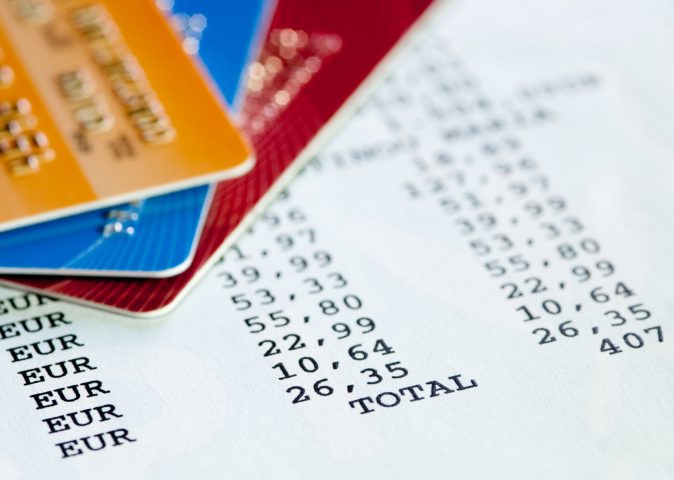An old adage goes: The early bird gets the worm, but it’s the second mouse that gets the cheese.
Companies interested in the prepaid industry can benefit from this line of thinking. The regulatory trap has largely been sprung at the federal level, and the business case for prepaid has been proven. If companies can keep in mind the many mice who came before them who ended up caught in the traps, then they have a chance to be successful.
Prepaid providers have three broad categories where they might find a nice hunk of cheese for their business. The first is in direct-to-consumer products. The second is in commercial applications. Finally, there are new technologies that could provide a variety of opportunities for prepaid cards.
Right from the beginning, companies should remember what prepaid cards really are. Prepaid is a card, device, or authorization process that provides access to an allocated portion of a pooled account of funds. That device or process is the only means of routine access to the funds. The account balance is drawn down based on the value of payments and a metered usage of a finite resource.
This technical definition merely says that prepaid is a means to access good funds that has a hard limit. These limits mean that people and companies can segregate and budget funds for a specific purpose without credit being required to grant access to a bank account. This provides value for stakeholders in all three categories identified above.
In consumer payments, prepaid started as a tool for people who did not have bank accounts, whether by choice or because of problems like impaired credit. It may seem that this market is well-served by the existing players, but an analysis of data in the 2015 FDIC National Survey of Unbanked and Underbanked Households suggests that almost 6 million U.S. households do not have bank accounts and also do not use prepaid cards. Here’s where those previous mice need to be kept in mind, though. There must be a reasons these households are not using prepaid cards today, so research, analysis, and good product design will be necessary to win converts.
Another group of consumers is increasingly making use of prepaid cards – those who want a supplement to their other payments cards. People are increasingly using prepaid cards as a way to control their spending and protect their other accounts when shopping online for example. Banks have begun to tap into this market, and there may be opportunities for the right card programs to provide tools that make their cards stand out from those that offer simple transaction tools.
In commercial payments, prepaid cards have proven their value in the benefits, incentives, and payroll segments. Now businesses are considering prepaid cards for purposes like accounts payable, expense management, and petty cash. But to win this business, companies need to find ways to offer tools that mean the card does more than simply replaces checks or cash in a drawer. Being able to feed into expense management systems, filter purchases, or allow for instant loading and unloading will be the types of features that demonstrate the real value of electronic payments.
Finally, the world of fintech has been led by prepaid. Mobile payments, wearable payments, and the Internet of Things have all begun with prepaid payments. Starbucks Coffee Co., the leader in mobile payments, runs its program almost entirely on prepaid balances. Wearable payments from Disney’s Magic Band to a payments ring for transit payments in Boston rely on prepaid balances. While these are niche applications, they have the potential to open up a whole new set of payments devices. Finally, the Internet of Things seems to be following a similar path. Current devices such as toll transponders and prepaid utility meters have created a market for prepaid “cards” where cards will never be seen.
All of this shows that the future for prepaid cards remains bright, but launching successful programs is not as simple as lining up the members of the value chain and throwing out a program. Lessons have to be learned from the previous mice to avoid being caught in similar traps. Still, good planning and product design can lead to profits.











